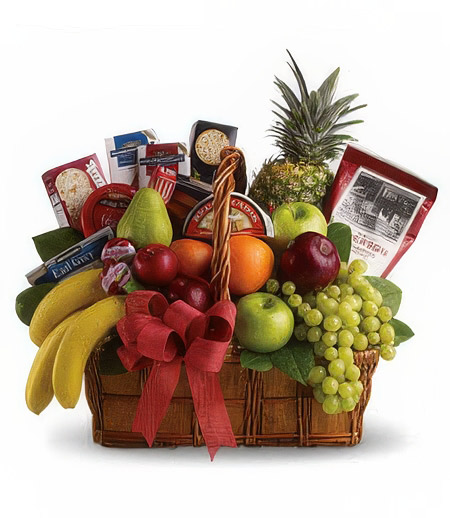
How to Figure Out Percentage: A Comprehensive Guide
Understanding how to figure out percentage is an essential skill that can help you in various aspects of life, from budgeting to academics. Whether you’re calculating discounts while shopping, determining tax amounts, or slicing up pizza for a party, grasping the concept of percentage simplifies many scenarios. In this comprehensive guide, we will delve into the fundamentals of percentages, provide practical formulas, offer step-by-step examples, and recommend useful products that can enhance your math skills.
What is a Percentage?
A percentage is a way of expressing a number as a fraction of 100. The symbol for percentage is % (for example, 50% means 50 out of 100). It represents a ratio that compares a value to 100, making it easier to understand how one quantity relates to another.
Basic Percentage Formula
To figure out percentage, you can use this straightforward formula:
Percentage (%) = (Part / Whole) × 100
Where:
– Part is the quantity you want to find the percentage for.
– Whole is the total quantity.
Example of Calculating Percentage
Let’s say you scored 45 out of 60 on a test. To find out what percentage that is:
1. Identify the part (your score) and the whole (total possible score).
2. Apply the formula:
Percentage = (45 / 60) × 100
= 75%
Therefore, you scored 75% on the test.
Practical Applications of Percentages
Now that you know how to figure out percentage, let’s explore some everyday applications:
1. Calculating Discounts
When shopping, knowing how to calculate discounts is invaluable. For instance, if an item costs $80 and is on sale for 25% off:
1. Find the amount of the discount:
Discount = 25% of $80
= (25 / 100) * 80 = $20
2. Subtract the discount from the original price:
Final Price = $80 – $20 = $60
You might also enjoy reading Discount Calculator for more insights on this topic.
2. Determining Taxes
Calculating sales tax is another scenario where percentages are crucial. If the sales tax rate is 8% and your purchase is $50:
1. Calculate the tax amount:
Tax = 8% of $50
= (8 / 100) * 50 = $4
2. Add the tax to your purchase price:
Total = $50 + $4 = $54
3. Figuring Out Grades
For students and educators, percentages play a key role in academic performance evaluation. If a student receives 30 out of 40 points on an assignment:
1. Calculate the percentage:
Percentage = (30 / 40) × 100 = 75%
This indicates the student has grasped 75% of the material assessed.
4. Comparison of Data
Percentages are essential in various fields, including finance, healthcare, and marketing, for comparing different datasets. Suppose you want to compare test scores from two classes:
– Class A: 80 out of 100
– Class B: 70 out of 90
Calculating percentages helps you understand performance:
– Class A: (80 / 100) × 100 = 80%
– Class B: (70 / 90) × 100 = 77.78%
5. Financial Calculations
In personal finance, understanding interest rates, investments, and loans often involves percentages. If you have a savings account with a 5% interest rate on a deposit of $1,000:
1. Calculate annual interest:
Interest = 5% of $1,000 = (5 / 100) * 1,000 = $50
This means you earn $50 yearly on your savings.
Tips for Mastering Percentage Calculations
1. Practice Regularly: The more problems you work on, the more adept you’ll become.
2. Use Visual Aids: Charts and graphs often make understanding percentages easier.
3. Break Down Problems: If a problem seems complex, break it into smaller, manageable parts.
4. Utilize Online Resources: Many websites offer free percentage calculators and exercises to test your skills.
Conclusion
Learning how to figure out percentage is a critical life skill that empowers you to make informed decisions in financial dealings, academic contexts, and daily life. Whether budgeting for shopping or analyzing scores, grasping these concepts enables you to navigate various scenarios with confidence. If you’re interested in enhancing your understanding further, consider checking out product offerings at AI-powered gift ideas, where you can find tools and resources designed to support your learning journey.
For more articles, you can visit the Giftys.Shop Blog.




